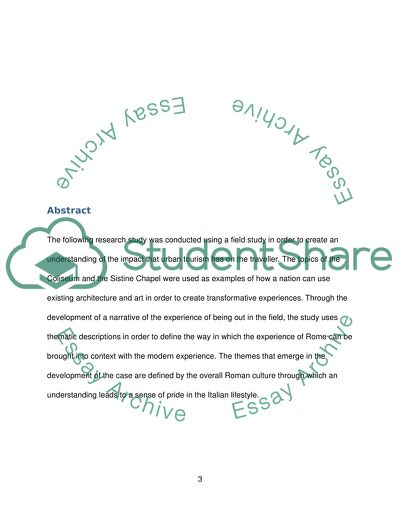Cite this document
(“An Urban Tourism Experience Essay Example | Topics and Well Written Essays - 3000 words”, n.d.)
Retrieved from https://studentshare.org/tourism/1403741-an-urban-tourism-experience
Retrieved from https://studentshare.org/tourism/1403741-an-urban-tourism-experience
(An Urban Tourism Experience Essay Example | Topics and Well Written Essays - 3000 Words)
https://studentshare.org/tourism/1403741-an-urban-tourism-experience.
https://studentshare.org/tourism/1403741-an-urban-tourism-experience.
“An Urban Tourism Experience Essay Example | Topics and Well Written Essays - 3000 Words”, n.d. https://studentshare.org/tourism/1403741-an-urban-tourism-experience.


